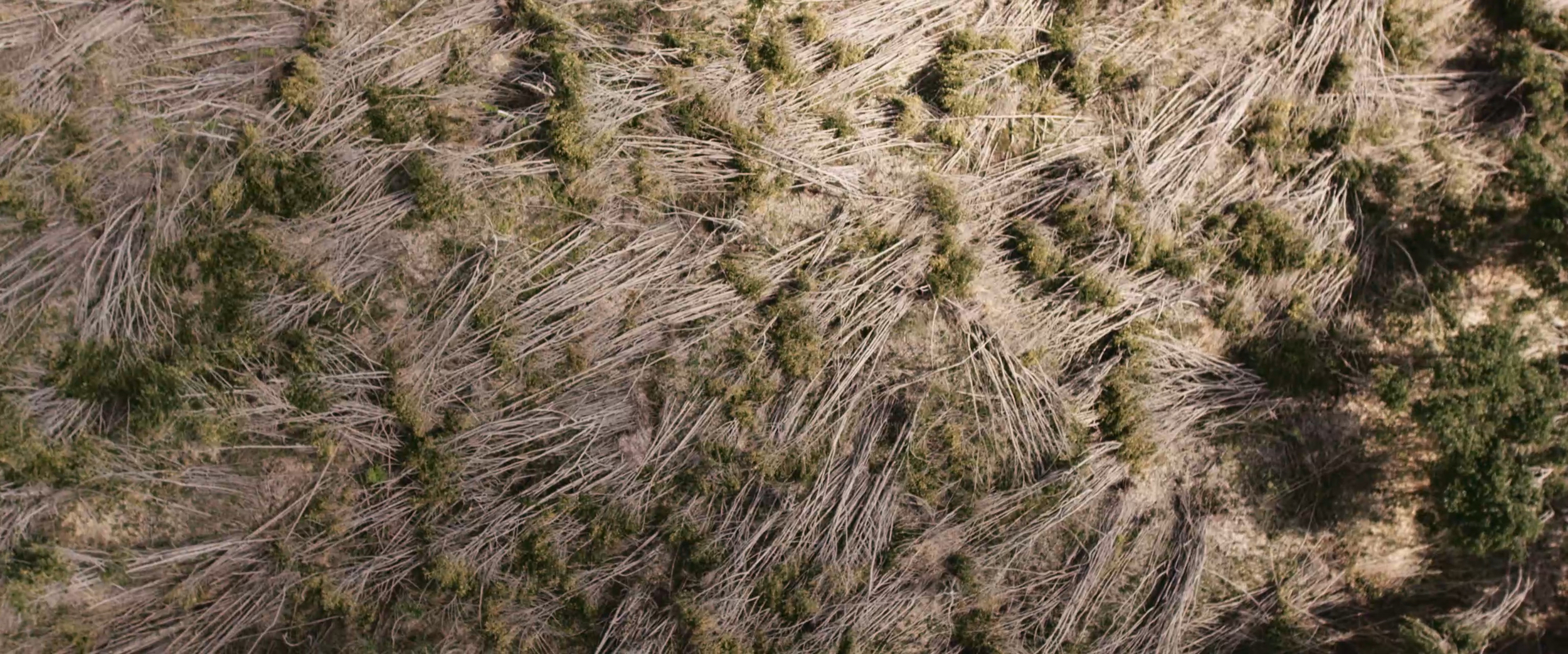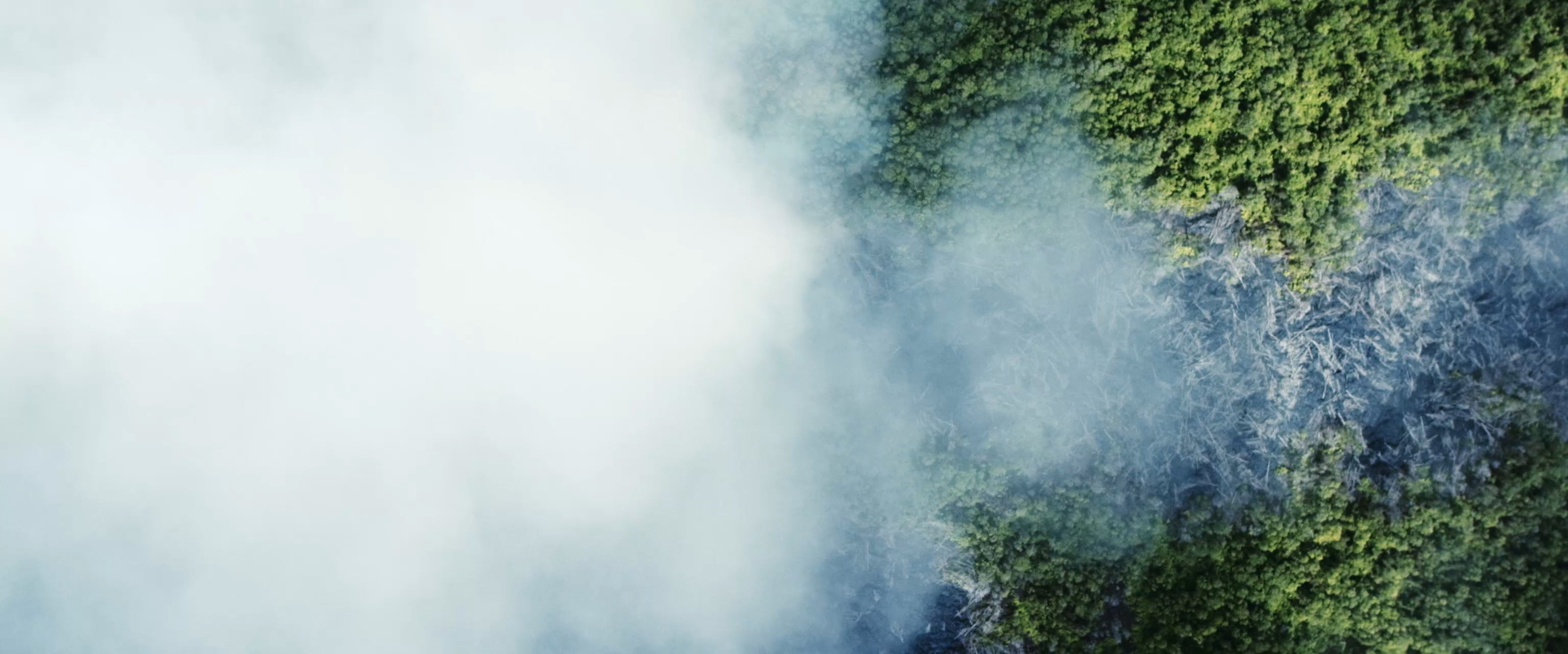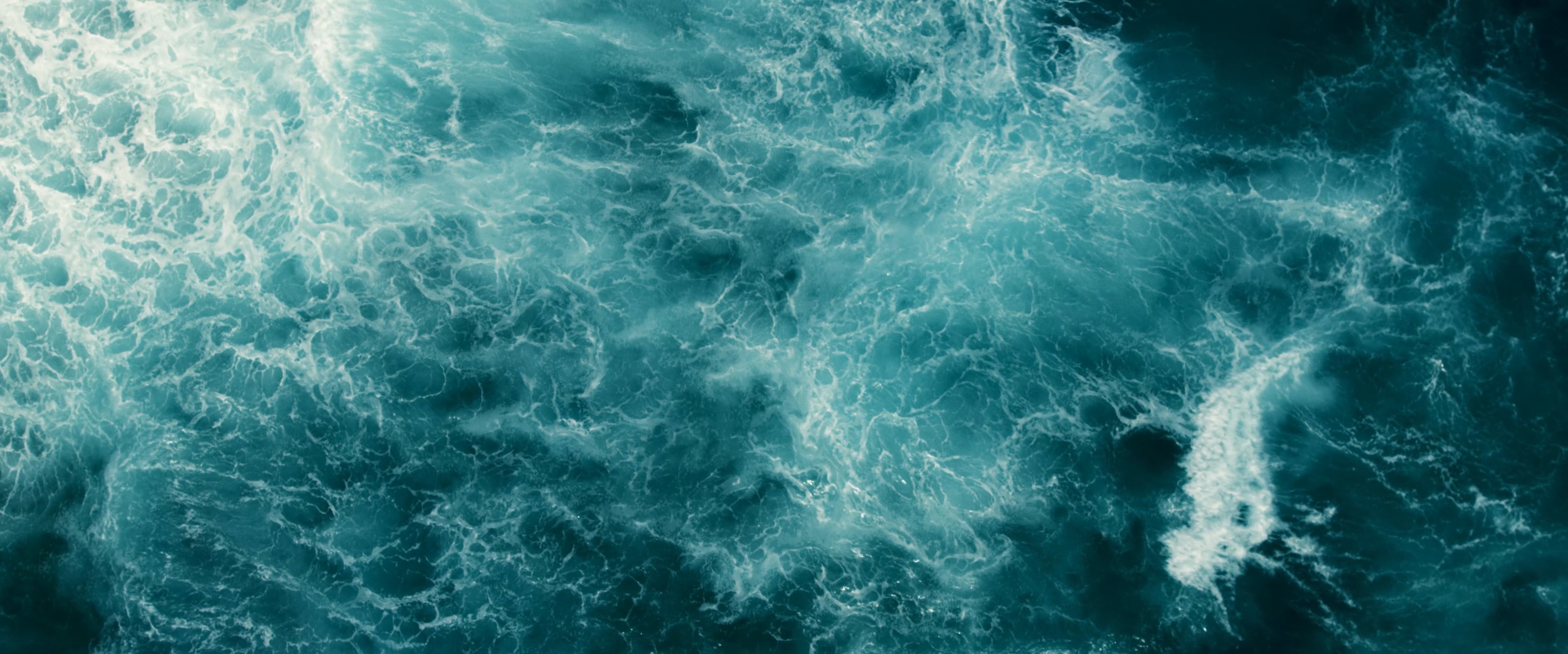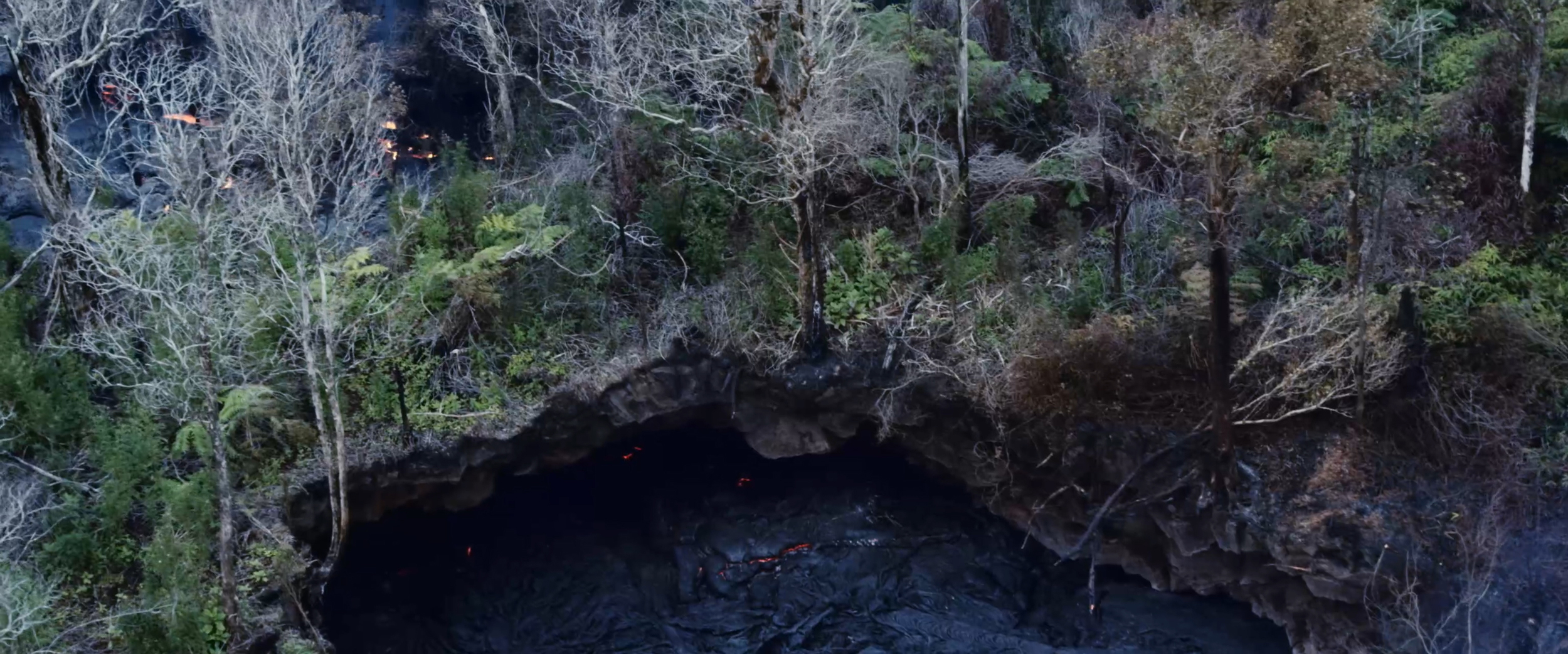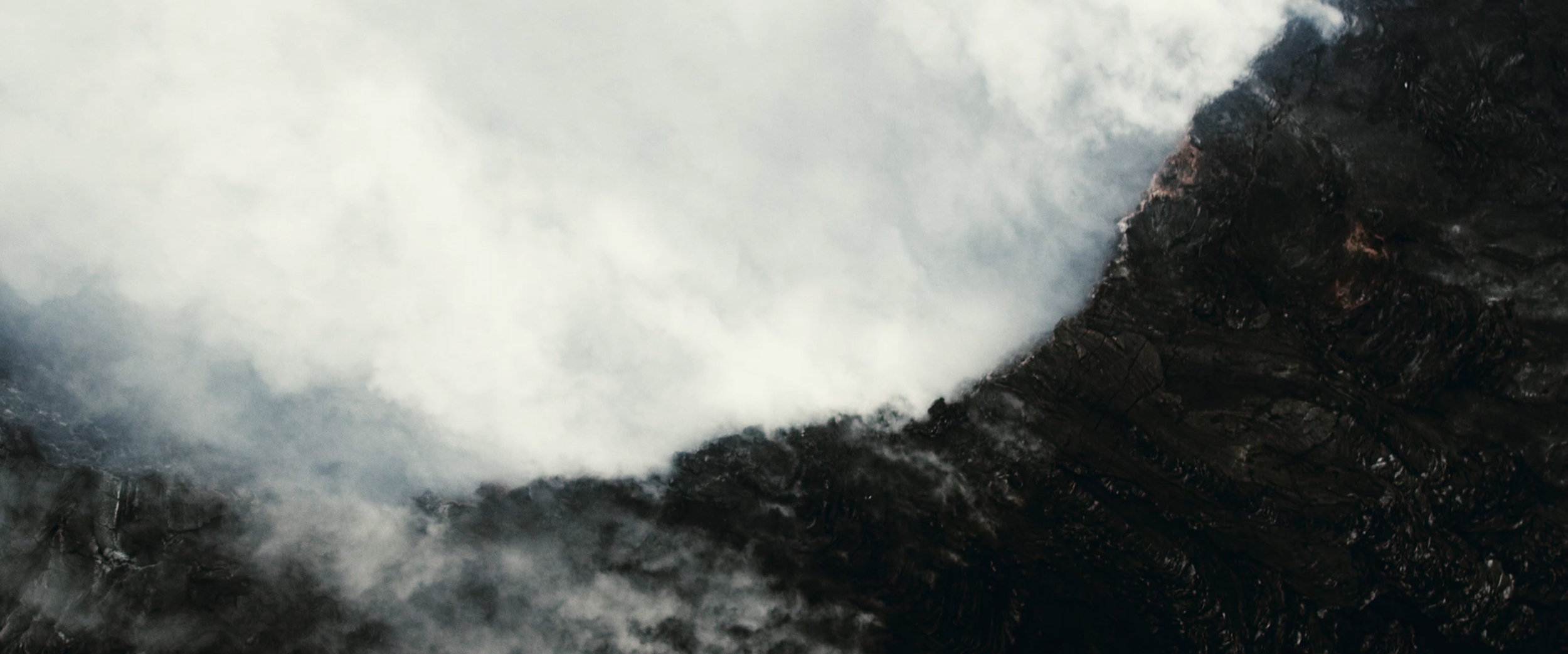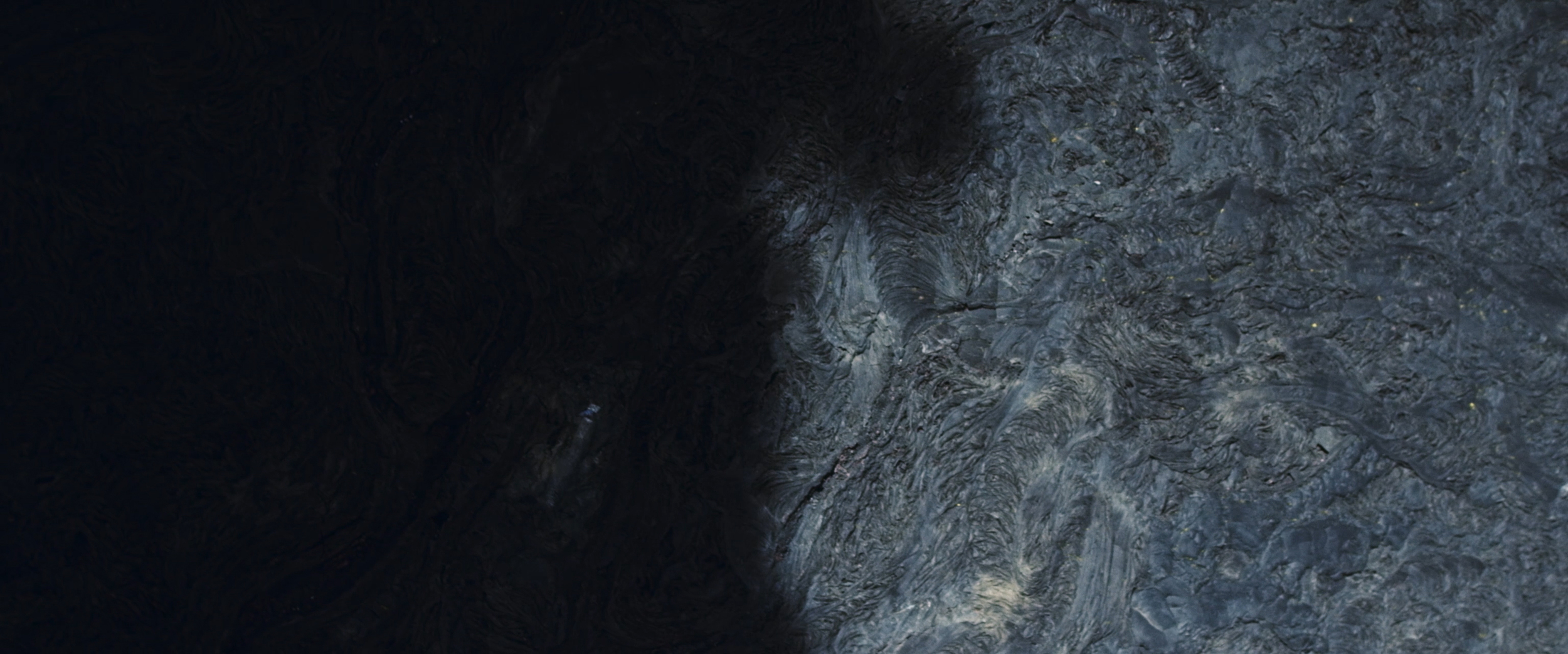Shooting aerials has changed tremendously over the last years. Drones have opened a completely new accessibility and opportunity to this unique perspective, though traditional helicopter work is far from its extinction.
Full sized helicopters offer a variety of advantages from being able to lift bigger and more reliable stabilizers like a Cineflex or Shotover, carrying bigger cameras and longer lenses. They can also move a lot faster and except for extreme close proximity flying, can cover a much larger range of altitudes.
For a running shoe spot earlier this year on the Big Island in Hawaii we were flying our Cinestar for tracking shots of our runner. During this time we also had the chance to take a helicopter around Volcanic National Park - a place where flying a drone would have been very difficult from a topographic standpoint but would have been even further complicated with the current National Park Service's drone regulations.
As we were working with a fairly limited budget, we had the option to either rent the local Cineflex and fly for only a very short time or get a small MD-500D helicopter with its doors removed, use our MoVI M15 as our stabilizer and fly for many hours. We decided to go with the latter option.
From my past experience flying with the MoVI and even car mounting both the M10 and M15, we knew that reducing any vibration coming from the helicopter would be most important and help improve results tremendously. Also we had two majorly different shot types that we wanted to get - a straight shot out of the side of the helicopter which was very straight forward and a top down (birds eye or gods perspective) of the abstract Hawaiian volcano landscape, which brought some challenges with it.
With a small outrigger that was bolted to the helicopter we were able to support most of the weight of the rig via bungee cords - with some additional safety rigging to the inside of the cabin. This way our camera assistant could have a hand on the MoVI but wouldn't actually have to hold any substantial weight for a long time. For our top down shot we fully relied on the rigging and had the MoVI float in between the landing gear and the body of the helicopter.
Freefly's MoVI controller allowed for precise framing and made it easy to achieve a constant rotating camera for the top down shots.
The main takeaways of this flight were the following:
- Remote operating the gimbal is crucial to achieve precise and stable results.
- Aside from vibration coming from the helicopter, wind is the biggest factor for the MoVI. For fast shots keeping the camera inside the cabin is essential. For slow shots the MoVI could be outside of the cabin - though at higher altitudes the wind will most likely pick up and cause problems.
- Initializing the MoVI mid flight might not be possible - plan accordingly and travel in "Kill" mode.
- Use the MoVI "Heading Assist" set to GPS (if you have a GPS signal) - this will help to minimize any roll drift for faster moves. Alternatively map the "Roll-Axis" to the IRIS knob on the MoVI controller, which will allow you to ride the roll and "level" your shots.
Overall the results right out of the camera were very presentable and after some light use of Adobes Warp Stabilizer, to fix small jerks or glitches in a few clips we ended up with some very impressive visuals.
While I definitely wouldn't use this method on every shoot, its a great option to have if you're working with a lower budget and can't afford renting a Cineflex and a tech.
I hope this was helpful and please share any of your results using full-sized helicopters and gimbals.
Cheers,
Tim

